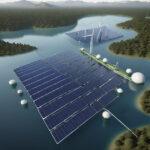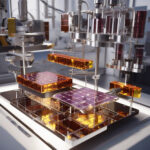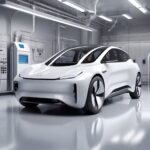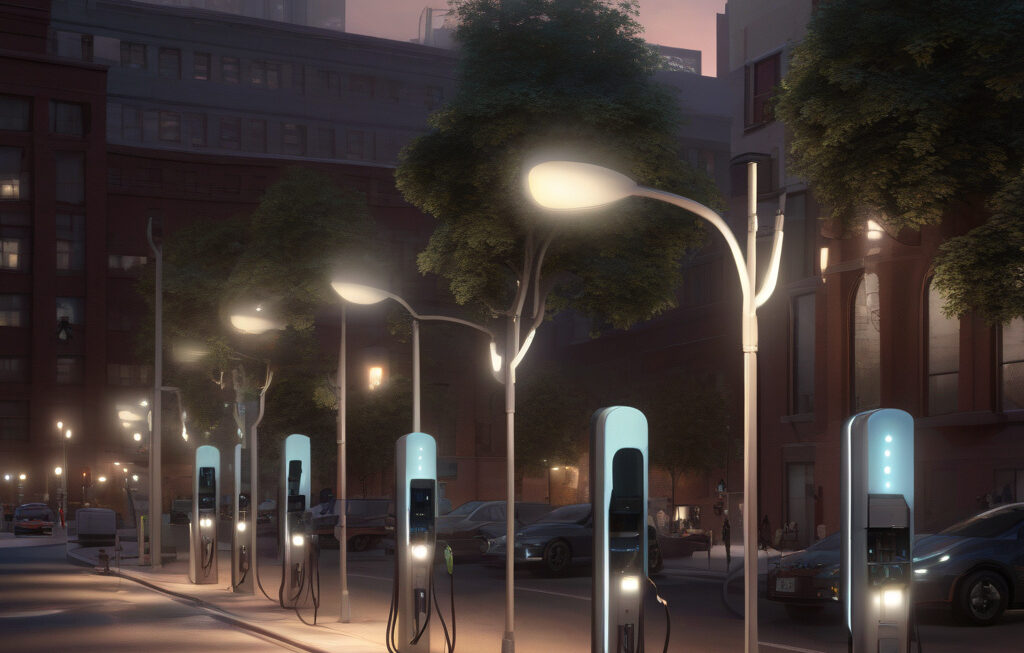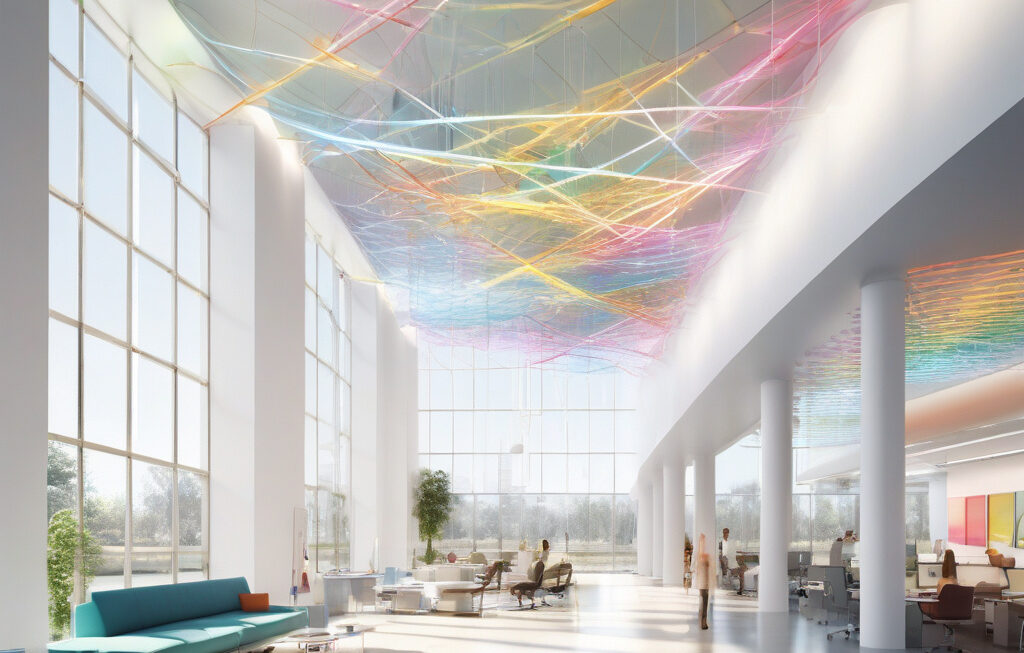Optimizing Wireless Communications in Crowded Urban Environments
In the ever-evolving landscape of smart cities, the need for seamless wireless connectivity has never been more crucial. As urban areas continue to expand and populations grow, the demand for reliable, secure, and interference-free wireless networks is at an all-time high. Ensuring that these networks can meet the needs of a crowded urban environment is essential for driving innovation, enhancing quality of life, and fostering economic growth.
One of the primary challenges of optimizing wireless communications in crowded urban environments is the sheer volume of devices competing for bandwidth. From smartphones and tablets to IoT devices and smart infrastructure, the airwaves in cities are crowded with signals vying for attention. This congestion can lead to slow data speeds, dropped connections, and overall poor network performance.
To address these challenges, city planners, network operators, and technology providers are exploring a range of innovative solutions. One approach is the deployment of small cells, which are low-power cellular base stations that can be strategically placed throughout urban areas to enhance network capacity and coverage. By offloading traffic from macrocell towers to small cells, operators can improve connectivity for users in densely populated areas.
Another key strategy for optimizing wireless communications in crowded urban environments is the use of advanced antenna technologies. Massive MIMO (Multiple Input, Multiple Output) systems, for example, can significantly increase spectral efficiency and capacity by using large numbers of antennas to serve multiple users simultaneously. Beamforming techniques can also be employed to focus signals directly towards users, reducing interference and improving signal quality.
In addition to technical solutions, policymakers and regulators play a vital role in ensuring effective wireless communications in urban environments. Spectrum management, licensing policies, and regulations governing the deployment of infrastructure all have an impact on the quality and availability of wireless networks. By fostering a supportive regulatory environment, cities can encourage investment in next-generation technologies and ensure that residents have access to high-quality wireless services.
Furthermore, the ongoing evolution of wireless standards, such as 5G, promises to revolutionize connectivity in urban areas. With its higher data speeds, lower latency, and support for a massive number of connected devices, 5G technology has the potential to power a wide range of innovative applications, from autonomous vehicles to smart healthcare systems. By embracing 5G and other emerging technologies, cities can unlock new opportunities for economic development and improved quality of life.
In conclusion, optimizing wireless communications in crowded urban environments is essential for building the smart cities of the future. By deploying small cells, leveraging advanced antenna technologies, and implementing supportive regulatory frameworks, cities can overcome the challenges of network congestion and interference. With the continued advancement of wireless technologies like 5G, urban areas are poised to become hubs of innovation, connectivity, and prosperity.
The post “Optimizing wireless communications in crowded urban environments” appeared first on Innovation News Network.
smart cities, wireless networks, urban connectivity, 5G technology, network optimization




